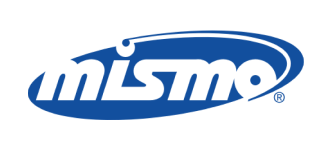eNOTE 101
What is an electronic mortgage note?
Learn how an electronic promissory note (eNote) differs from a traditional promissory note—and how to incorporate eNotes into your business.
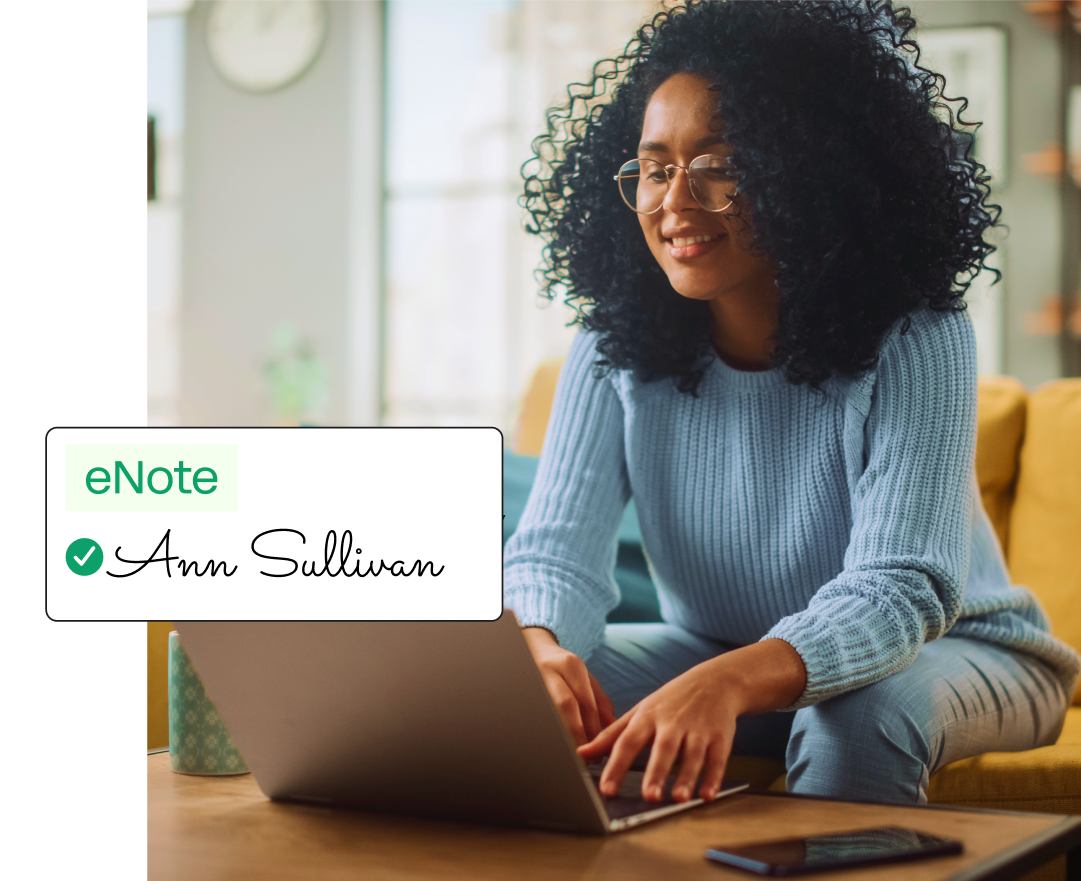
What is an electronic mortgage note (eNote)?
An eNote is the digital equivalent of a paper note that is created, presented, and signed electronically. An eNote includes all the same key terms you would find in a paper note (such as the loan amount, interest rate, and other payment terms), along with information unique to eNotes. For example, an eNote contains language that a) identifies it as an eNote and b) specifies that it is intended for eSignature.
Because it is electronically generated, an eNote cannot be wet (physically) signed, does not need to be printed, shipped, or stored, and cannot be lost or damaged. eNotes are a secure and reliable alternative to paper notes, offering a much higher degree of control and efficiency than their paper counterparts.
How eNotes work
An eNote transaction involves five key steps, and requires an eVault to generate, secure, and transfer the eNote between parties.
Step 1: The eNote is created
The eNote is created by the eVault, in accordance with the MISMO Standard SMART Doc® format for electronic documents.
Step 2: The borrower eSigns the eNote
The borrower electronically accesses, views, and eSigns the eNote via the lender’s eClosing solution.
Step 3: The eNote is securely stored in the eVault
After the borrower has eSigned, a tamper-evident seal is applied to the eNote and it is automatically stored within the eVault.
Step 4: The eNote is registered
The eNote is automatically registered on the MERS® eRegistry—the system of record that verifies eNote rightsholders.
Step 5: The eNote is delivered to the secondary market
Once the eNote is sold, a copy of the eNote is transferred to the trading partner’s eVault via MERS® eDelivery.
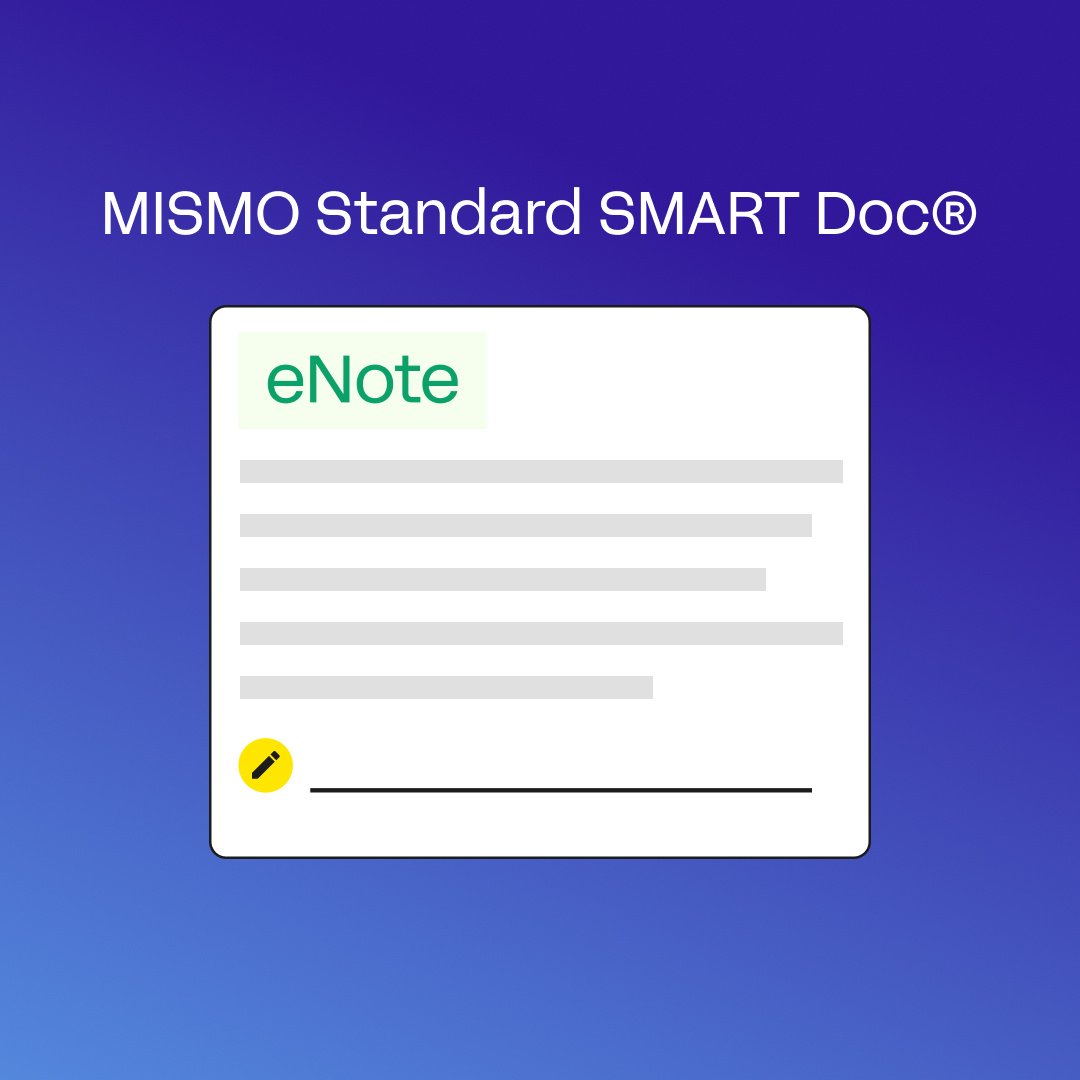
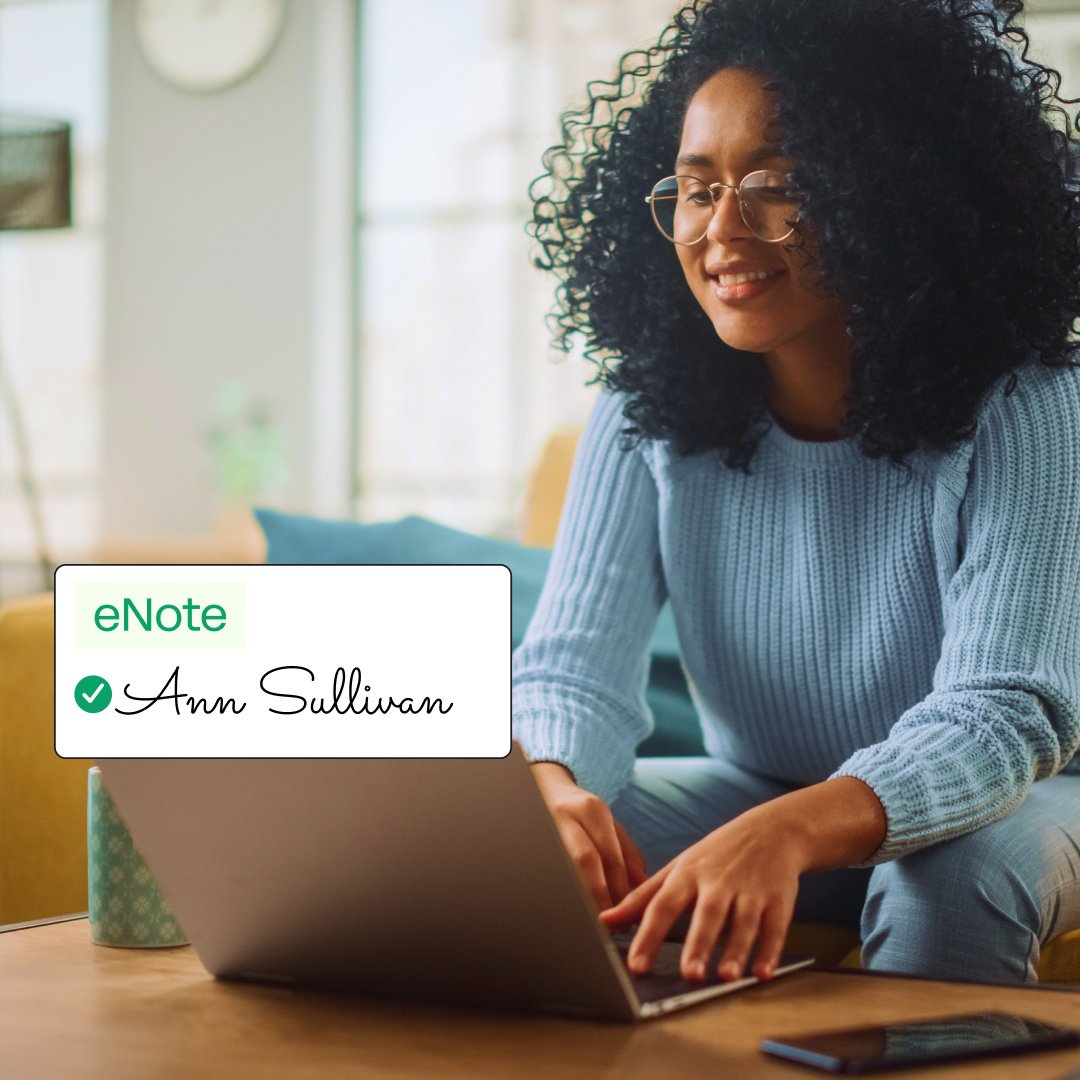
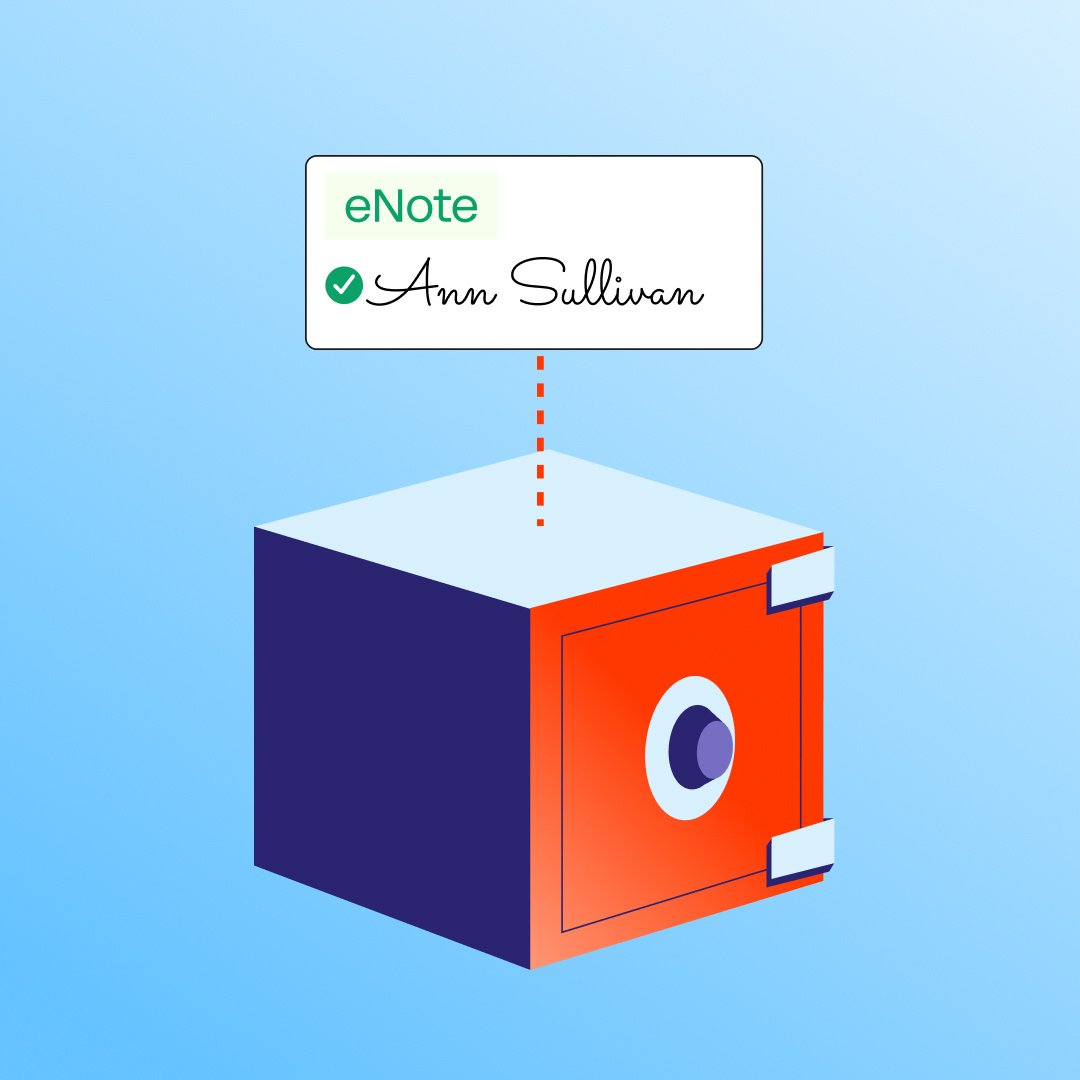
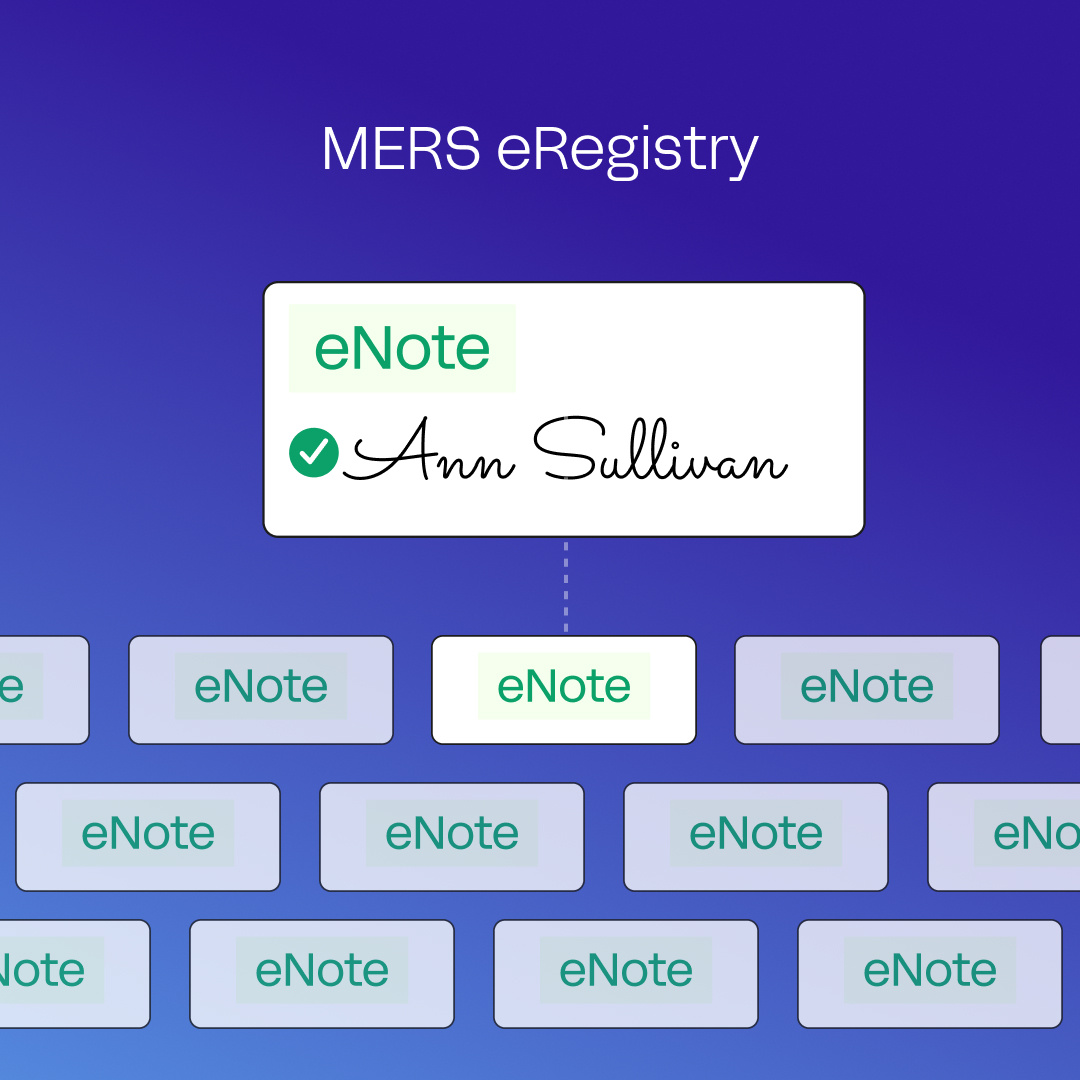
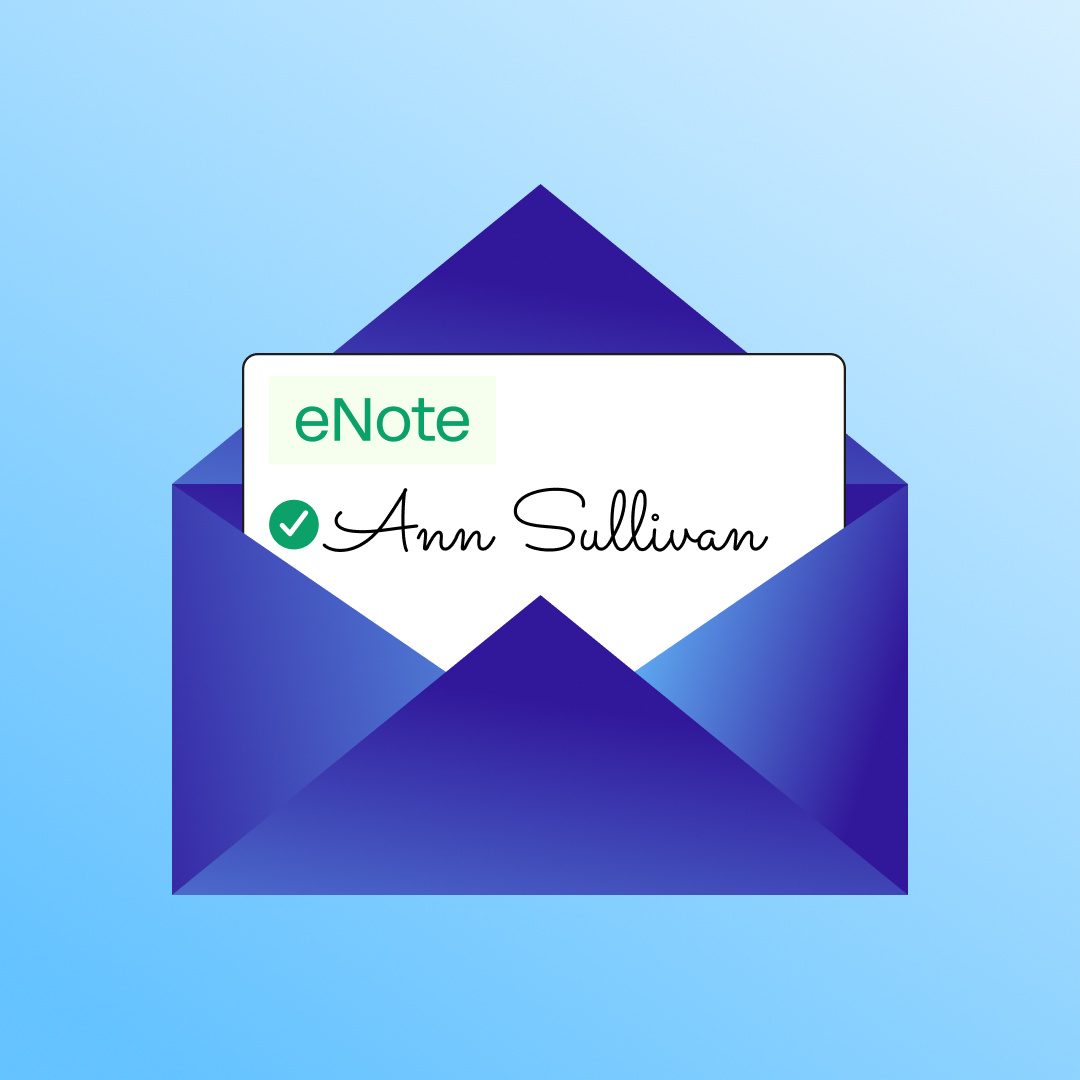
Electronic promissory notes (eNotes) vs remote online notarization (RON)
The primary differences between an eNote closing and a RON closing are the number of documents that can be signed electronically and how the signing appointment is conducted.
Closing documents
eNOTE
eNote closings include both digital and wet-signed documents. Most documents, including the promissory note (eNote), are signed electronically prior to the closing appointment.
RON
RON closings are fully digital—there are no physically printed or signed documents. Like an eNote closing, the borrower reviews and electronically signs the majority of documents prior to the (virtual) closing appointment.
Signing appointment
eNOTE
Any documents that require notarization are printed and signed in person with a notary.
RON
Instead of attending an in-person signing appointment, the borrower meets with a notary virtually (via webcam) to electronically sign any remaining documents that require notarization.
The Snapdocs approach to eNotes
Snapdocs partners with lenders through every step of the eNote journey—providing the knowledge, support, and technology to develop the right strategy & unlock the power of eNotes.
The right eNote strategy
Lenders have diverse eClosing needs. Our team has developed tailored eClosing strategies to meet the unique requirements of each customer.
Award-winning support
We're committed to your success from day one. Our team is known for delivering white-glove implementation, onboarding, training, and change management support.
Specialized technology
Our specialized solutions have helped hundreds of lenders scale eNote adoption at rates 2x higher than industry average.
“eNotes reduce reputational risk because we do not have to go back to the borrower for corrections. It’s also a much more efficient process, which is better for our relationships with investors and warehouse lines. We're seeing better pricing and stronger partnerships overall. The return on investment is endless.”Alyssa North, SVP of Operations

Ready to get started with eNotes?
The first step toward a winning eNote strategy is to evaluate your loan portfolio. Get in touch with a Snapdocs expert to help understand the optimal digital closing type for each loan in your portfolio—wet, hybrid, eNote, or RON.
Get in touch for a custom evaluation of your loan portfolio.
 eNote FAQ
eNote FAQ
Q: What are the benefits of eNotes?
There are significant benefits of eNotes for mortgage lenders, primarily when it comes to security, cost-savings, and secondary market efficiency:
Realize more value per loan
Achieve an average savings of $2151 per loan with eNotes—thanks to improvements in operational and secondary market efficiencies.
Eliminate the need for manual shipment and storage of paper promissory notes, reducing both the time and costs associated with preparing and shipping physical documents.
Secure storage for the life of the loan
eNotes are digitally stored and transferred between parties. This means eNotes cannot be damaged, lost, or tampered with—and ensures the enforceability of the note throughout its lifetime.
Increase control of time spent on warehouse lines
Because eNotes are digital documents, lenders are able to expedite (and control) loan delivery to investors—while accelerating access to capital.
1 Savings calculations were independently conducted and verified by Falcon Capital Advisors, based on the analysis of 15 lenders' pre- and post-eClose workflows
Q: Which investors accept eNotes?
Investor acceptance of eNotes is steadily increasing. Fannie Mae, Freddie Mac, Ginnie Mae, and Mr. Cooper are among the many organizations that accept eNotes today. For an updated list of all companies that accept eNotes, visit the MERS eRegistry.Q: What is the difference between a regular promissory note and an electronic promissory note?
The primary difference between “regular” (i.e. paper) promissory notes and electronic promissory notes (eNotes) is their format. A regular note is a physical document requiring wet ink signatures, and manual printing, shipping, and storage. It's also vulnerable to loss or damage.An eNote, however, is fully digital—created, signed, executed, and transferred electronically. It does not need printing or physical storage, can't be lost or damaged, and is innately more secure than paper promissory notes.
Q: What does an electronic mortgage note (eNote) include?
An eNote includes all of the same key terms found on a paper note (the loan amount, interest rate, and other payment terms), but will also include information that is unique to eNotes. For example, an eNote will include language that a) identifies it as an eNote and b) indicates that the note is intended for eSignature.Q: Which loans can include an eNote?
There are five factors that determine how digital a loan can be (and if it is eligible to have an eNote). Snapdocs partners with lenders to determine the right digital closing type for each loan in their portfolio—wet, hybrid, eNote, or RON.This tailored approach has helped our customers achieve 2x higher eNote adoption than industry average.
eNote resources
Ready to talk to an eNote expert?
Wherever you are on your eNote journey, Snapdocs has the tools to ensure your success.

